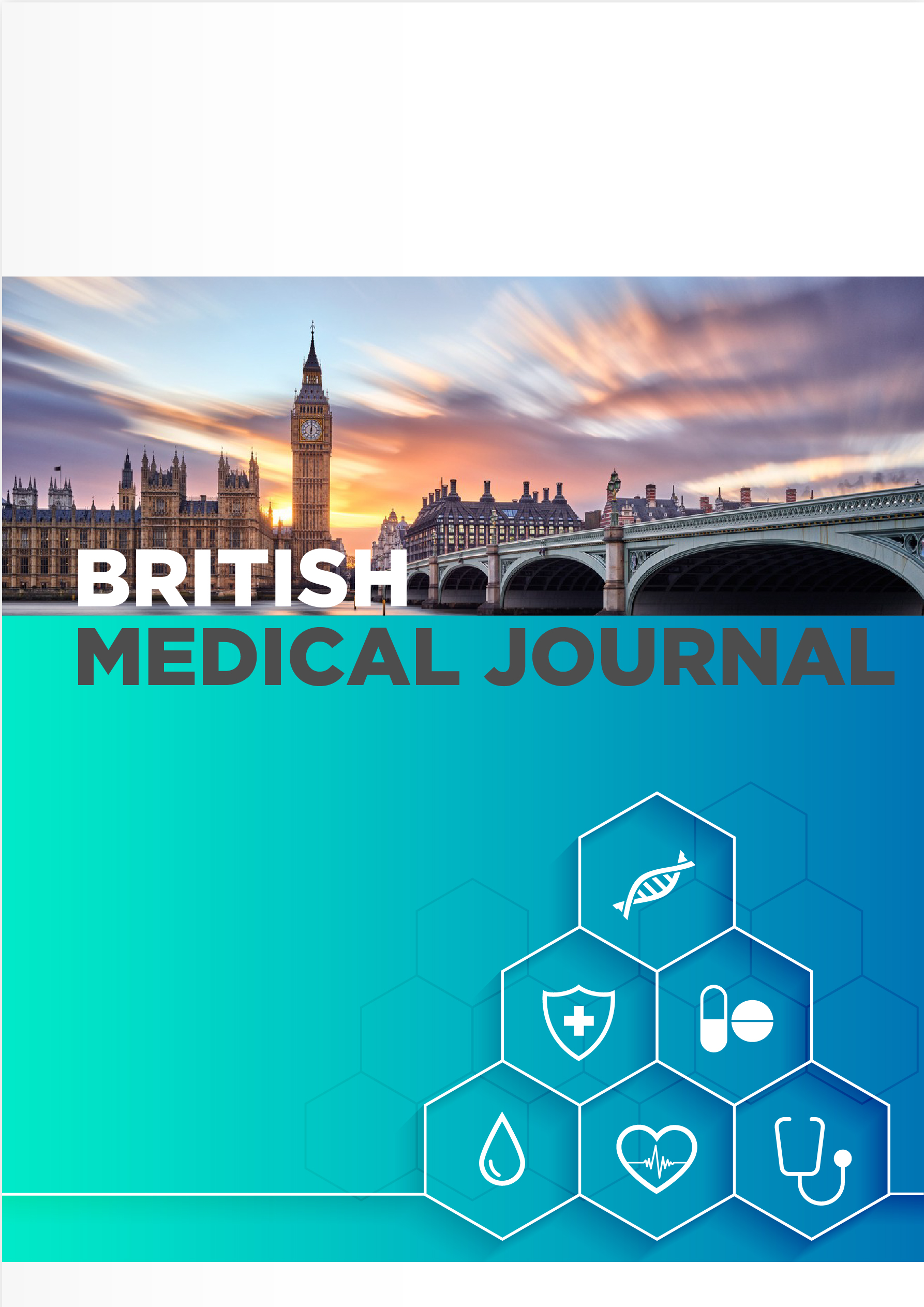FREE BILIRUBIN AS A PREDICTOR OF NEUROTOXICITY IN INFANTS
Keywords:
unconjugated hyperbilirubinemia, newborn, neurospecific enolase, bilirubin encephalopathyAbstract
The purpose of the study: to study the degree of neurotoxicity in newborns with
unconjugated bilirubinemia. Materials and methods of research: 100 newborns with
unconjugated hyperbilirubinemia were examined. The gestational age of newborns varied from
38 to 41 weeks, body weight at birth, depending on the gestational age, ranged from 2930-4200g,
body length - from 47 to 55 cm group 1 - 58 infants with prolonged unconjugated
hyperbilirubinemia with a gestational age of 38.8±0.08 weeks, birth weight - 3427.1±28.1 g, body
length - 55.6±2.7 cm; group 2 - 40 children with physiological jaundice with a gestational age of
38.5 ± 0.09 weeks, with a birth weight of 3216.0 ± 15.7 g, body length -54.3 ± 1.0 cm. The study
revealed a statistically significant increase in the level of NSE in children of all groups, but in the
group of children with prolonged hyperbilirubinemia, a high content of NSE was noted, which was
significantly higher than in the compared group (p<0.05). Thus, the determination of the level of
total and unconjugated bilirubin, as well as the activity of neurospecific enolase in newborns, can
reduce the severe consequences of hyperbilirubinemia and prevent the risk of developing
irreversible neurological disorders caused by kernicterus.


